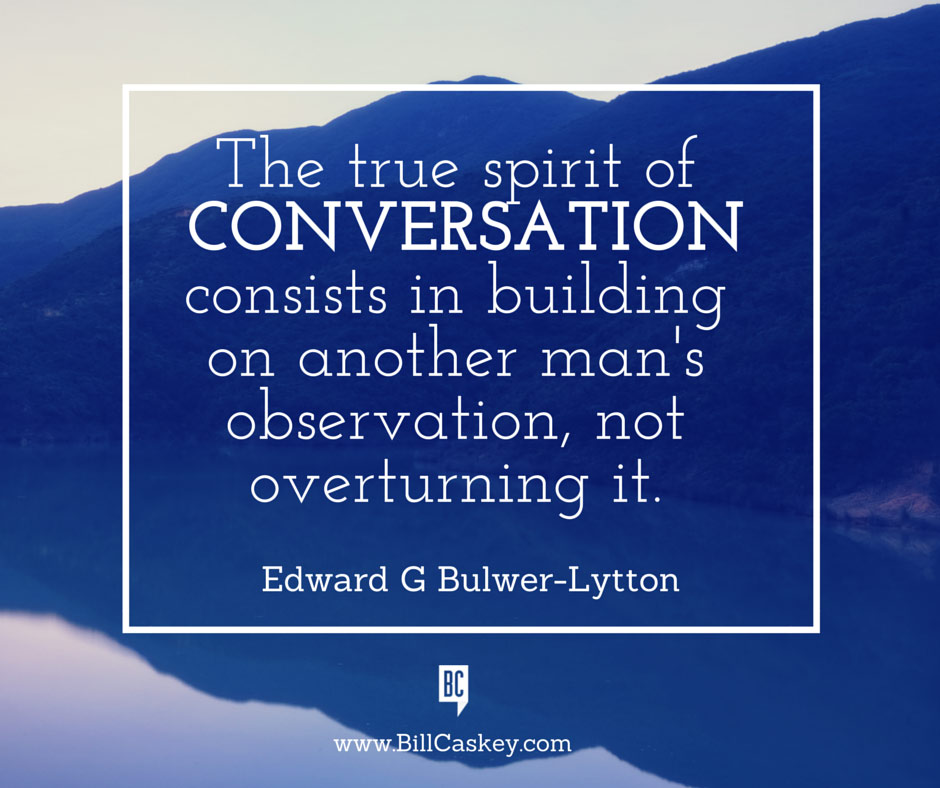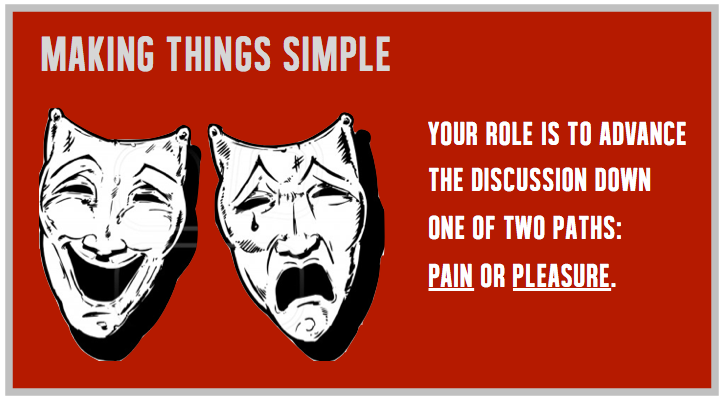Episode #362: Sales Assets – More Than Just Numbers
 Are you utilizing all of your assets in your sales process? In today’s Mailbag Monday episode, veteran sales trainers Bill Caskey and Bryan Neale explore a question from Chelsea about how to use your talents to strengthen your impact when opening doors in sales.
Are you utilizing all of your assets in your sales process? In today’s Mailbag Monday episode, veteran sales trainers Bill Caskey and Bryan Neale explore a question from Chelsea about how to use your talents to strengthen your impact when opening doors in sales.
Do you have characteristics of your personality that you ignore when working your sales process?
Do you utilize your personal interests, skills and things you love to do to help you connect with others?
In this episode of The Advanced Selling Podcast, Bill and Bryan give you techniques you can use to insert more human elements into your process. They help you focus on the things you love to do outside of sales and put them into use in your sales career. If you’ve ever thought to yourself “What if they don’t like the real me?”, this episode is for you. The world needs more of the “real” person in every sales situation, and Bill and Bryan will tell you just how to do it in this episode.
Also mentioned in this podcast:
- Download our App in the iTunes Store
- Click here to join our LinkedIn Group
- Check out our ALL IN Audio Program
[smart_track_player url=”http://traffic.libsyn.com/billcaskey01/16-02-22-362-SalesAssets.mp3″ title=”Episode #362: Sales Assets – More Than Just Numbers” artist=”The Advanced Selling Podcast” social=”true” social_twitter=”true” social_facebook=”true” social_linkedin=”true” social_email=”true”]








